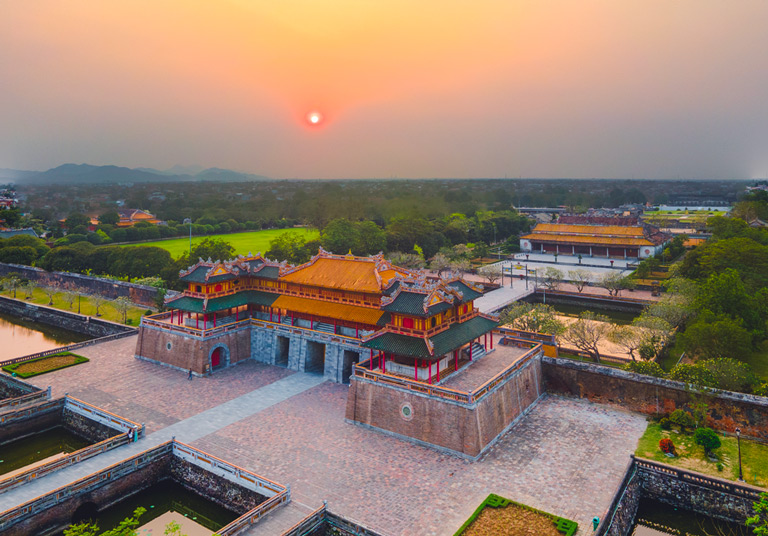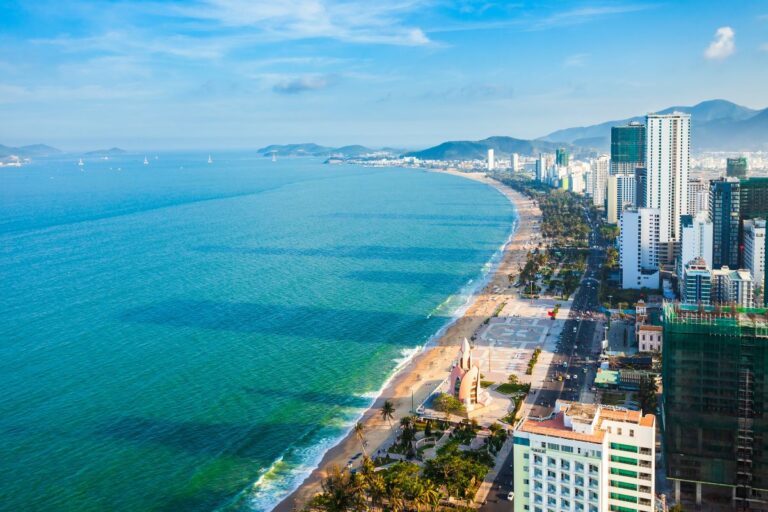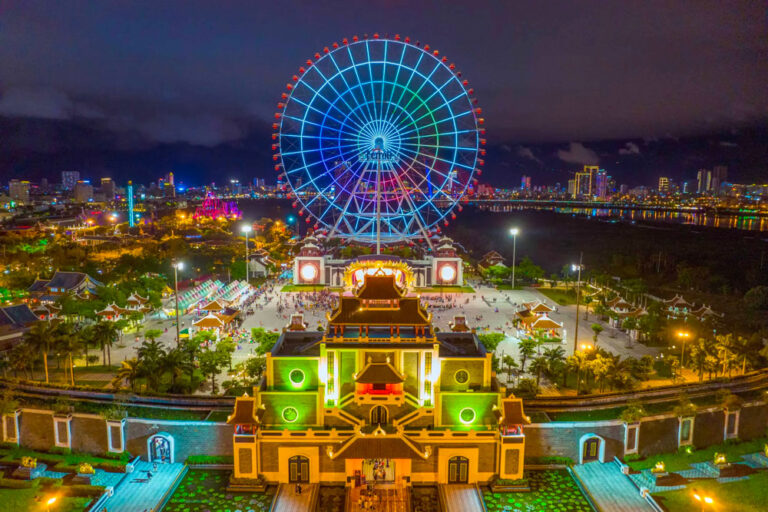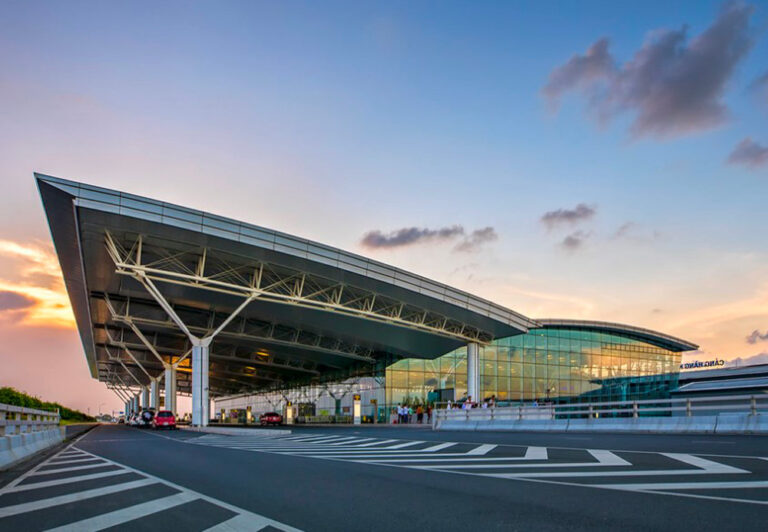What Is the Han Market in Da Nang Really Worth? My Opinion
At the Heart of Da Nang, the Han Market: Unmissable Yet Tourist-Oriented
The Han Market (Cho Han in Vietnamese) is an iconic landmark of Da Nang, often compared to Ben Thanh Market in Ho Chi Minh City or Dong Xuan Market in Hanoi. Built during the French colonial era, it embodies the history and evolution of the city as a major commercial hub. But let’s be honest: if you’re looking for an authentic immersion into local life, Han Market might leave you disappointed.
With its constant influx of tourists and its ultra-organized layout, it offers an experience more focused on commerce than on discovering a genuine Vietnamese market. Markets like the Con Market, less frequented by foreign visitors, provide a more local atmosphere and an experience closer to the daily lives of the residents.
History of the Han Market in Da Nang
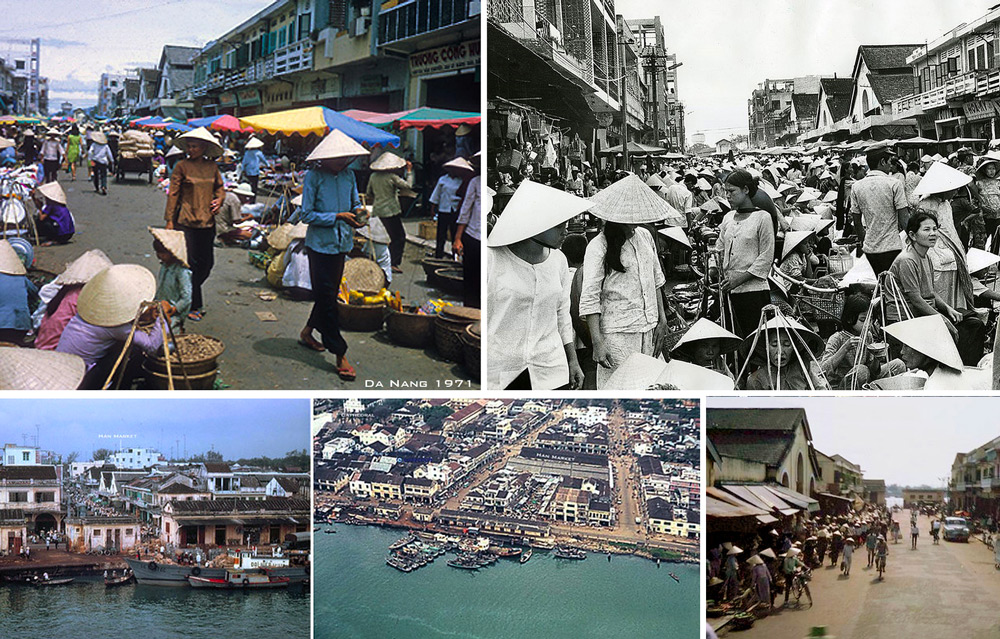
After the Treaty of Hue in 1883, the government under the Nguyen emperors recognized the French protectorate in central Vietnam. Five years later, the French established “Tourane,” a colonial town along the Han River, now known as Da Nang.
The French quickly set about modernizing the city, building infrastructure such as a grid of streets, a town hall, a church, a post office, and, of course, a central market: the Han Market.
In its early days, Han Market was a combination of a covered market and commercial streets lined with single-story houses. These houses were mainly run by Chinese merchants and a few Vietnamese, selling wholesale goods and food supplies.
The French also built railways and established a ferry to connect the market with the rest of the city. This ferry, known as the “Han Market Ferry,” operated until the first bridge over the Han River was built in 2000. At the time, the Han Market was nicknamed the “Market of the Rich,” as it primarily attracted affluent customers.
After two wars, the Han Market was reconstructed in 1989. Today, it continues to play a significant role in the commercial life of Da Nang. With its colorful stalls and vibrant atmosphere, it is not only a place of trade but also a must-visit destination for those looking to experience Vietnamese culture through its markets.
The Origin of the Name “Han Market”
The Han Market derives its name from the Han River that runs alongside it. According to local legend, the bay of Da Nang, shaped like a barrel, was said to leak at its mouth. It needed to be “sealed,” hence the name “Han,” which means “to seal” in Vietnamese.
While the market has evolved since its construction during the colonial era, it remains a significant part of the city’s commercial history.
Where is the Han Market in Da Nang Located?
Address: 119 Tran Phu Street – Da Nang
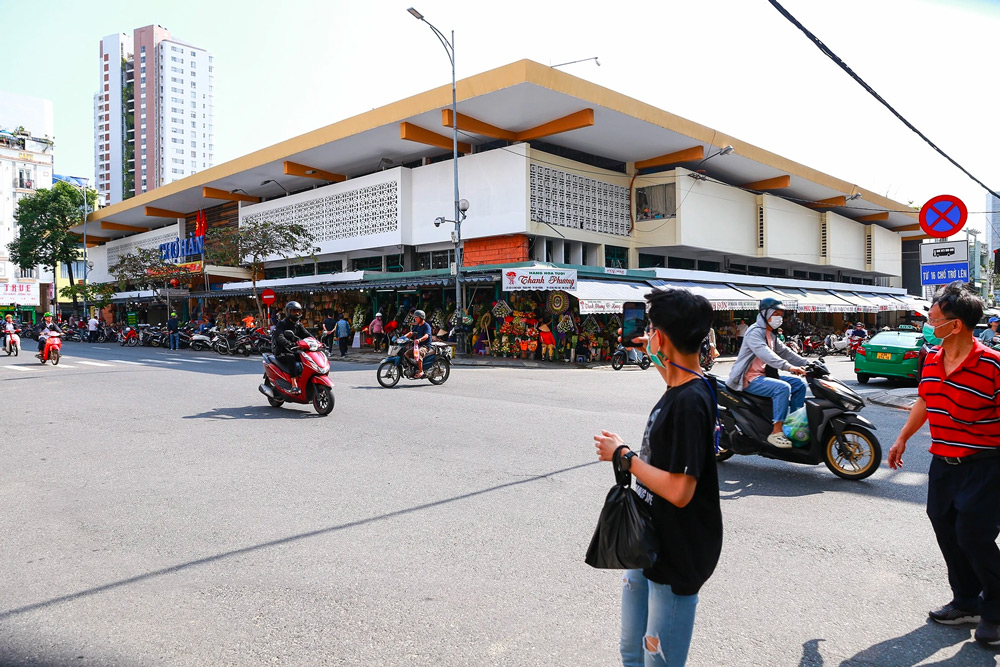
The Han Market is conveniently located in the heart of Da Nang, at the intersection of Tran Phu and Bach Dang streets, along the Han River.
Just a few minutes’ walk from major city attractions like the Dragon Bridge or the Cham Museum, the market is easily accessible by motorbike taxi, car, or even on foot for those exploring the downtown area. Its proximity to the river adds a particular charm, reflecting its historical importance in the city’s commercial development.
Opening Hours of Han Market in Da Nang
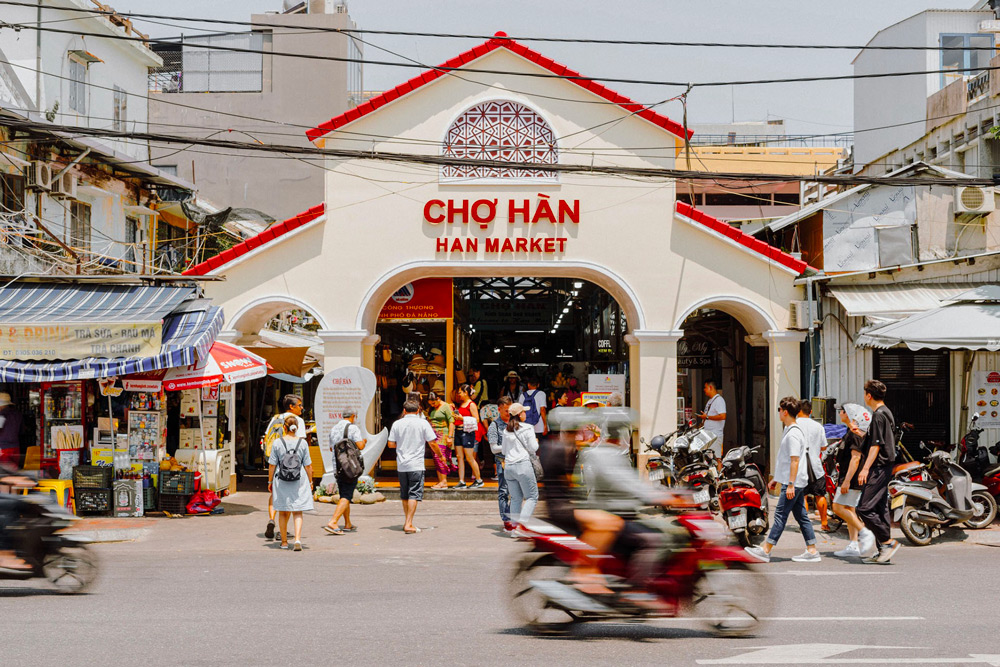
The Han Market is open daily from 6:00 AM to 7:00 PM, with its atmosphere changing throughout the day. Arriving early, between 6:00 and 8:00 AM, offers a unique experience as vendors unpack their goods: fresh meat, seafood, vegetables, and typical Vietnamese breakfast items. This is also the time when locals, after their morning exercise in the riverside parks, shop for groceries to prepare meals at home.
From 9:00 AM onwards, the market becomes livelier with the arrival of tourists, maintaining its bustling energy throughout the day.
To fully enjoy the market without the morning rush, the early afternoon is an excellent time to visit. You’ll avoid the busiest hours while experiencing a more relaxed and laid-back atmosphere.
What to Do at Han Market in Da Nang
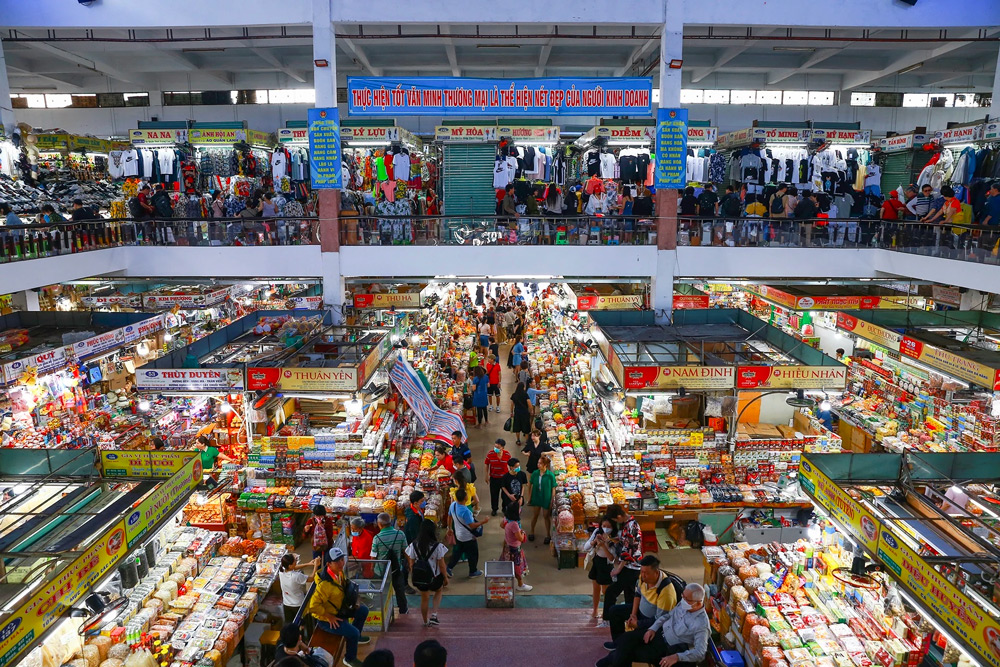
Han Market remains a central spot in Da Nang and an almost unavoidable stop for visitors. With its well-organized two levels, it offers a wide range of products: on the ground floor, you’ll find handmade souvenirs, local specialties like fish cakes (chả cá), beef sausages (chả bò), fish sauces (mắm), as well as fresh fruits and prepared dishes. Upstairs, the stalls are filled with fabrics, stands selling knockoff branded items, ready-to-wear clothing, áo dài (the traditional Vietnamese outfit), and accessories.
If you’ve already visited other markets in Vietnam, you won’t find it particularly different. Unfortunately, this market doesn’t stand out, and I don’t particularly recommend shopping here, as prices are tailored to tourists and often 30% higher. The main appeal of local markets lies in the opportunity to try local dishes at affordable prices.
Culinary Specialties to Try at Han Market in Da Nang
- Thick Vietnamese noodles (banh canh): The banh canh at Han Market is served with various flavorful broths, including crab, fish, or pork bone. This dish is often accompanied by crackers or crusty bread for a complete experience.
- Vietnamese pancakes (banh xeo): In Da Nang, banh xeo differs from its southern counterpart. Smaller yet crispier, it offers a unique and irresistible take on this famous pancake.
- Quang noodles (mi quang): A must-try when exploring Da Nang’s cuisine, mi quang is a regional specialty. This iconic dish is loved for its rich flavors and varied textures.
- Grilled pork skewers (nem lui): A delicacy originating from Hue and Da Nang, this dish combines grilled pork, fresh vegetables, and fruits, served with an irresistible peanut sauce.
- Fern cakes (banh beo): Typical of central Vietnam, these steamed rice flour cakes are a local favorite. Affordable and delicious, they’re a staple of the region’s street food scene.
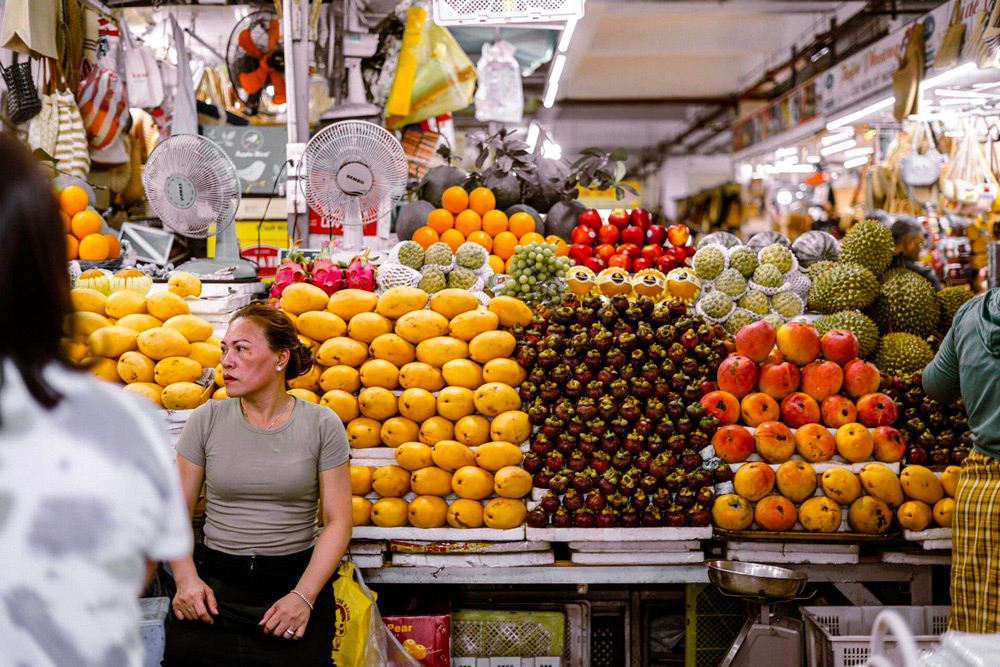
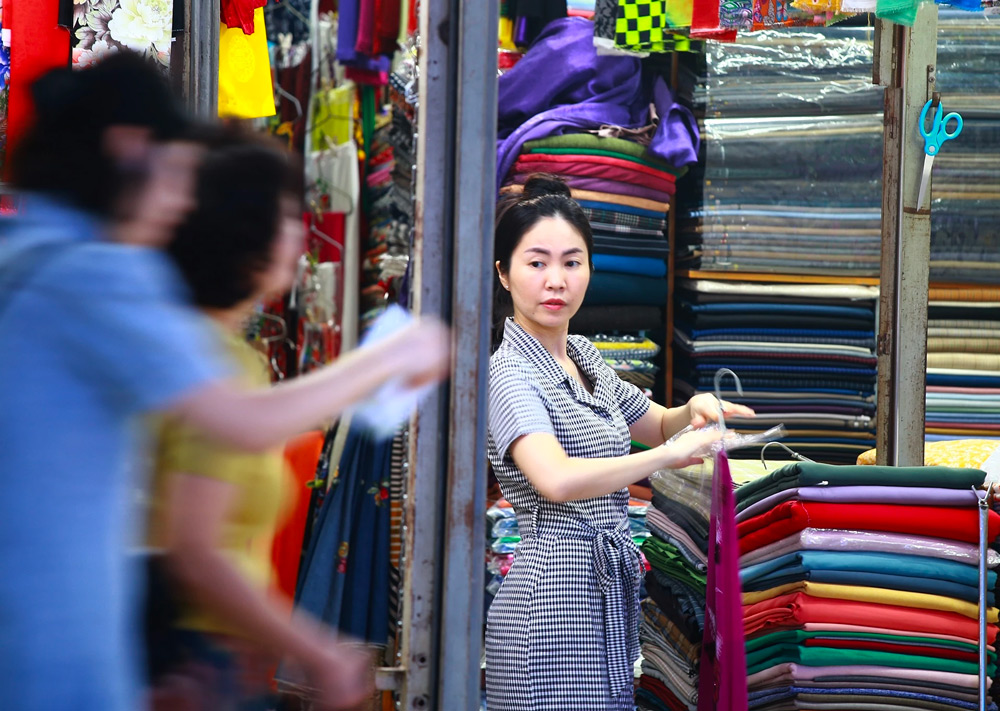
Vendors at Han Market are accustomed to their tourist clientele: many speak basic English, Chinese, or Korean, making negotiations easy. However, the constant crowds and the sometimes overwhelming atmosphere can quickly exhaust those seeking a more relaxed or authentic experience.
A Well-Organized but Overly Standardized Market?
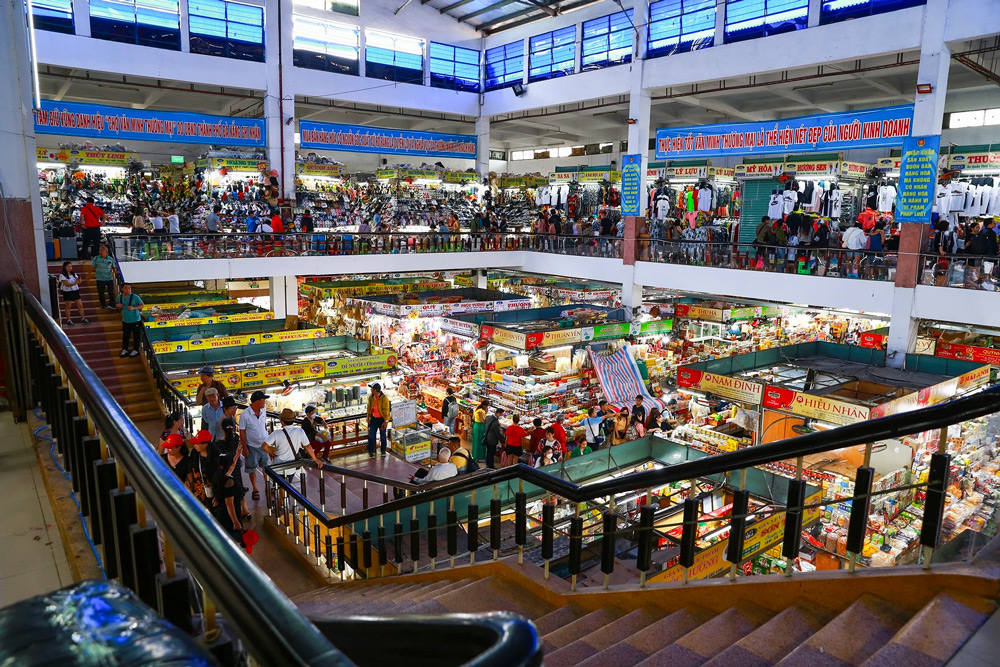
Unlike some traditional markets in Vietnam, Han Market is clean, well-organized, and managed by local authorities-a plus for visitors concerned about safety or hygiene. However, this strict organization also contributes to a certain level of standardization, which detracts from the charm of traditional markets.
In other words, Han Market is primarily a tourist hotspot designed to cater to an international audience.
This is also reflected in the prices: while still affordable, they tend to be slightly higher than at other markets in Da Nang, such as Con Market. Nevertheless, the efficient management helps avoid common issues like overcrowding or buyer scams, and the products remain of decent quality.
Convenient but Unsurprising
Han Market is located in the heart of Da Nang, near the Han River. Its location is ideal for tourists, with banks, currency exchange offices, and ATMs nearby. Most currencies can be exchanged for Vietnamese dong on-site.
For those looking to shop without getting lost in labyrinthine markets, Han Market is a practical and accessible choice. However, its tourist-oriented atmosphere and lack of authenticity put it behind other lesser-known but more genuine markets.
My Opinion
With its deep historical roots from the colonial era and its evolution through wars, Han Market remains an important symbol of Da Nang. Yet, behind its current role as a commercial hub, one might question whether it has lost its authenticity.
Reconstructed in 1989 and renovated in 2023, it has traded its former charm for a functional structure lacking significant architectural originality. While it retains a central role in the local economy, Han Market today seems more focused on satisfying visitors and tourists than preserving a strong cultural identity.
While its history is fascinating, its modern-day appearance might lack the soul that once made it unique.

